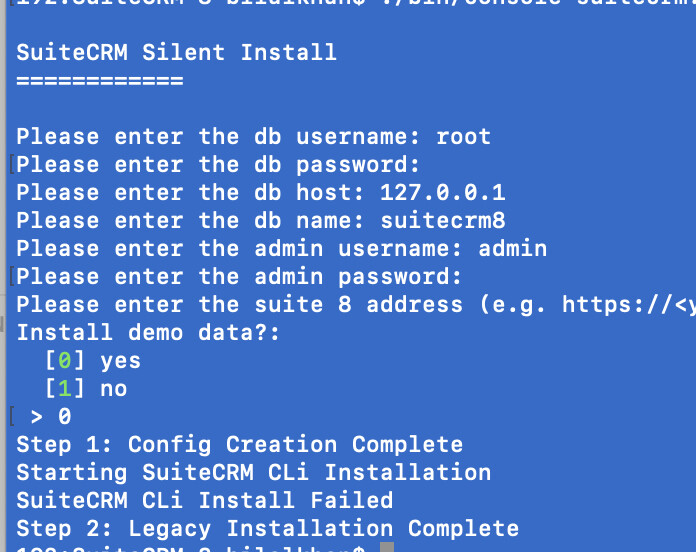Suite7 DB credentials that are working on this same instance are
‘dbconfig’ =>
array (
‘db_host_name’ => ‘localhost’,
‘db_host_instance’ => ‘SQLEXPRESS’,
‘db_user_name’ => ‘root’,
‘db_password’ => ‘mypassword’,
‘db_name’ => ‘suitecrm7’,
‘db_type’ => ‘mysql’,
‘db_port’ => ‘’,
‘db_manager’ => ‘MysqliManager’,
‘collation’ => ‘utf8_general_ci’,
‘charset’ => ‘utf8’,
),
